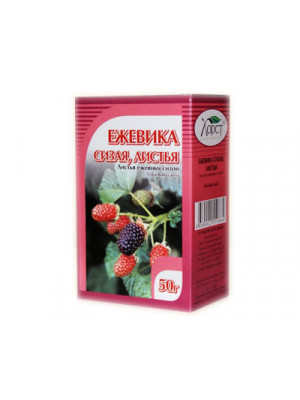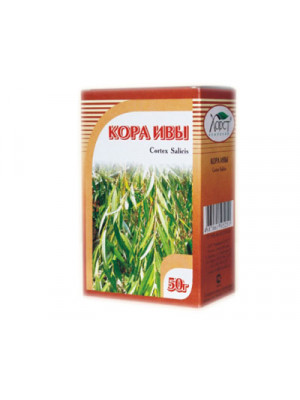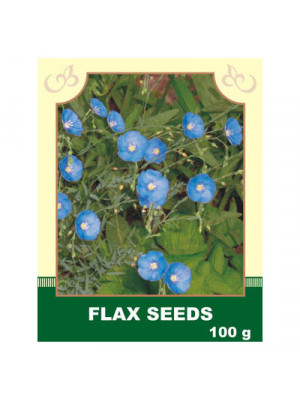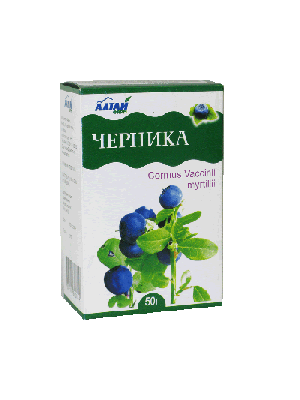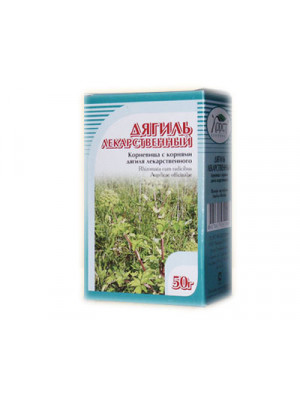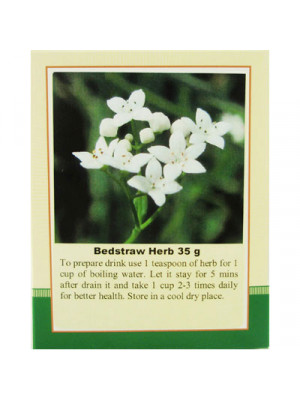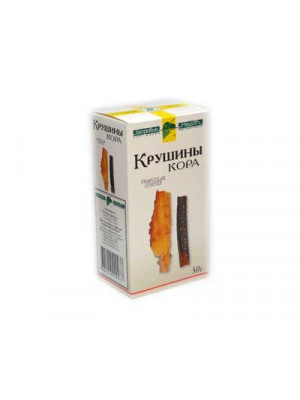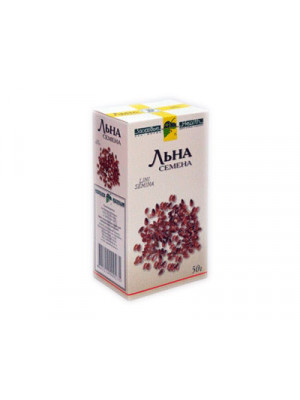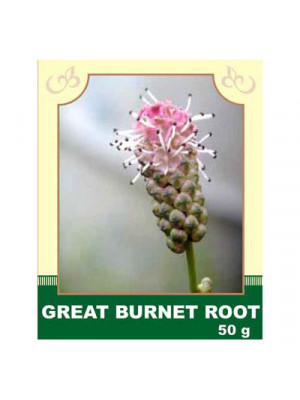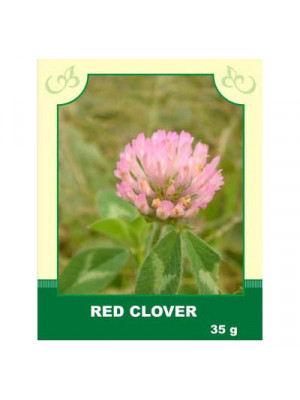Herbs
Blackberry Leaf in Medicine
Blackberry leaf, derived from the popular blackberry plant, has been used for centuries in natural medicine for its numerous health benefits. From treating diarrhea and inflammation to boosting the immune system, blackberry leaf has gained recognition for its medicinal properties.
Anti-Inflammatory Properties
Blackberry leaf is known for its anti-inflammatory properties, making it a popular remedy for treating inflammation in the body. Whether it's joint pain, sore muscles, or digestive issues, blackberry leaf can help alleviate the discomfort associated with inflammation.
Diarrhea Relief
One of the most well-known uses of blackberry leaf is its ability to treat diarrhea. The astringent properties of blackberry leaf can help to reduce the frequency and severity of diarrhea, providing much-needed relief to those suffering from this common ailment.
Immune Boosting
The high content of antioxidants in blackberry leaf makes it a powerful immune-boosting herb. Regular consumption of blackberry leaf tea or supplements can help strengthen the immune system, making the body more resilient to infections and illnesses.
How to Use Blackberry Leaf
Blackberry leaf can be used in a variety of ways, including brewing a soothing tea, creating a tincture, or using it in a topical application for skin conditions. For those interested in reaping the benefits of blackberry leaf, it's important to consult with a healthcare professional to ensure safe and appropriate usage.
Conclusion
Blackberry leaf is a versatile and powerful herb that has been used in traditional medicine for generations. With its anti-inflammatory, diarrhea-relieving, and immune-boosting properties, blackberry leaf is a valuable addition to any natural medicine cabinet.
$7.99- Bark is used to ease pain and reduce inflammation, and there is good evidence that it is effective as an analgesic and anti-inflammatory. Due to its astrigent action willow bark is used for diarrhea and gastro-intestinal inflammations.$6.99
Description. The history of flax seeds therapeutic use dates back to the times of Hippocrates. In his book Corpus Hippocraticum he described beneficial effect of flax seeds on human organism. Flax seed provides nutritious oils required for good body functioning. It is best taken as the ground seed, especially over long periods of time. Rich in alpha-linolenic acid, one to three tablespoons a day can help to protect the heart and blood vessels and promote healthy bowel evacuation for prevention of toxic accumulation. It is high in mucilage, which helps to protect the entire digestive tract, respiratory tract and bile duct. The ground seed can be added to cereal or muesli. Water intake should be increased, as the seed absorbs liquid. Use. These are some positive effects of flax seeds on health: 1.Lowered blood cholesterol levels. 2. Lowered high blood pressure. 3. Increased energy, vitality, and stamina. 4. Increased sense of calmness under stress. 5. Reduced threat of blood clots. 6. Protection against cancers, particularly hormone sensitive cancers such as breast and prostate. 7. Better regulation of blood sugar levels. 8. Eases inflammatory tissue conditions, including arthritis. 9. Alleviation of dry skin, eczema and psoriasis. 10. Enhanced immune system. 11. Increased metabolic rate with a positive impact on weight management. 12. Helps with Attention Deficit Disorder. 13. Natural laxative (promotes digestion). 14. Improves function of kidney and helps remove liquid from body.
Attention! Before using any herbal products, make sure that you have full knowledge of how the herb works and any adverse reaction it may cause.$6.99Internal use: Taken for gastric and intestinal catarrhs with reduced acidity of gastric juice, stomach upset, diarrhea, and chronic constipation, spasms and pains in the stomach and intestines, kidney and bladder stones, gout, and rheumatism. Particularly effective for diarrhea in children and acute enterocolitis in adults. Bilberry berries enhance sharpness of vision, provide an increase in the field of vision, and reduce eye fatigue from prolonged work under artificial light.
Method of application and dosage: 3-4 teaspoons of berries are poured with 400 ml of boiling water, infused for 2-3 hours, and taken in 1/4 cup 5-6 times a day.
External use: Infusion is used for enemas in case of hemorrhoidal bleeding, eczema, pimples, and burns. 1-2 teaspoons of berries are poured with 200 ml of boiling water, infused for 15 minutes, strained, squeezed out, and used for rinsing, lotions, and enemas.
Contraindications: Individual intolerance.
$6.99- Angelica has a tonic effect on the cardiovascular and central nervous system, increases the secretion of bile and pancreatic juice. Angelica is used to treat gout, rheumatism and low back pain, use rubbing alcohol for tinctures is recommended for gallstone disease, kidney disease.$6.99
Internally, it is taken as an excellent remedy against kidney diseases. It possesses astringent, diuretic, hemostatic, "blood-purifying," anti-inflammatory, analgesic, and wound-healing properties, with the ability to calm the nervous system. The primary action of knotgrass is diuretic.
Method of application and dosage: Steep 1 tablespoon for 4 hours in 2 cups of boiling water, strain. Take 1/2 cup 3-4 times a day before meals. A stronger infusion can be used for baths and washing in skin diseases and wounds.
Externally, the infusion of the herb is used for baths, washing, lotions, and compresses for jaundice, skin rashes, boils, furuncles, wounds, and ulcers.
Contraindications: Individual intolerance.
$6.99- Buckthorn bark has been used medicinally since at least the 1600s, when it was listed in a primary medical reference called the London Pharmacopeia. Although most herbs have had a wide variety of traditional uses, later refined to a single or a few proven benefits, buckthorn bark throughout its history has been consistently used to relieve one ailment: constipation and its by-products (hemorrhoids and anal irritation). Buckthorn bark contains compounds called anthraquinones, which have a strong purgative, laxative effect on the body. Because these compounds are powerful, before being processed into laxative products the bark is aged for a year, or heated and dried. Buckthorn bark has laxative and cathartic properties.$6.99
Internally taken as an expectorant for bronchitis; as an enveloping, anti-inflammatory agent for gastritis, colitis, stomach ulcer, and duodenal ulcer; for inflammation of the urinary tract (pyelitis and cystitis).
Method of application and dosage: 1 tablespoon of seeds is poured with 200 ml of boiling water. Stir for 15 minutes, strain, take in a warm form, 1/4 - 1/2 cup 3-4 times a day, 30 minutes before meals. The course of treatment is 2-3 weeks. Used externally in the form of compresses and poultices for furunculosis, mastitis, abscesses, lichen, eczema, burns, and wounds, for rinsing in the treatment of mouth ulcers.
Contraindications: individual intolerance, cholecystitis, keratitis, acute intestinal dysfunction. Prolonged use is not recommended.
$7.99Internally, it is taken as a binding, hemostatic, anti-inflammatory, analgesic, and bactericidal agent for inflammations of the mucous membranes, significant disorders of the functional activity of the stomach, intestines, diarrhea, hemorrhoids, uterine bleeding, and inflammatory skin processes. Steamed crushed roots are used for poultices in boils and leg ulcers.
Method of application and dosage: Pour 2 tablespoons of raw material into 200 ml of boiling water, heat on a water bath with a closed lid for 30 minutes, infuse for 10 minutes at room temperature. Strain and take 1 tablespoon 5-6 times a day.
Externally, steamed crushed roots are used for poultices in boils and leg ulcers. For douching, which is carried out 1-2 times a day, the decoction is diluted with warm boiled water (take 100 ml of the decoction for 900 ml of water). For leg ulcers, thrombophlebitis, make compresses from the plant's tincture on 20% alcohol. Rinse children's eyes with a decoction and make compresses for conjunctivitis.
Contraindications: individual intolerance.
$6.99
Description.Today, however, it's highly recommended as one of the herbs of choice when it comes to cleansing/detox programs, due to its gentle yet thorough cleansing action and its ability to quickly flush toxins from the body. The nutritious Red Clover blossoms also boast a wide array of nutrients including, calcium, magnesium, molybdenum, zinc, and vitamin c, to name just a few. All these serve to support immune health, promote healthy skin, and acts as a revitalizing herbal tonic to boost overall health & vitality. Promotes healthy blood & lymphatic system; supports healthy liver function; supports healthy estrogen levels (menopausal health); supports immune system; herbal tonic; gentle diuretic; respiratory health. Use. Several studies of a proprietary extract of red clover isoflavones suggest that it may significantly reduce hot flashes in menopausal women. The largest study, however, showed no such effect. Menopause increases a woman's risk for developing osteoporosis (significant bone loss). Some studies suggest that a proprietary extract of red clover isoflavones may slow bone loss and even boost bone mineral density in pre- and perimenopausal women, but the evidence is preliminary. Traditionally, red clover ointments have been applied to the skin to treat psoriasis, eczema, and other rashes. Red clover also has a history of use as a cough remedy for children. It has also been reported that red clover can be used for therapeutic purposes for coughs, bronchitis, eczema, sores, eyes inflammations, scrofula and can be gargled for mouth ulcers and sore throats.
Attention! Before using any herbal products, make sure that you have full knowledge of how the herb works and any adverse reaction it may cause.$6.99


